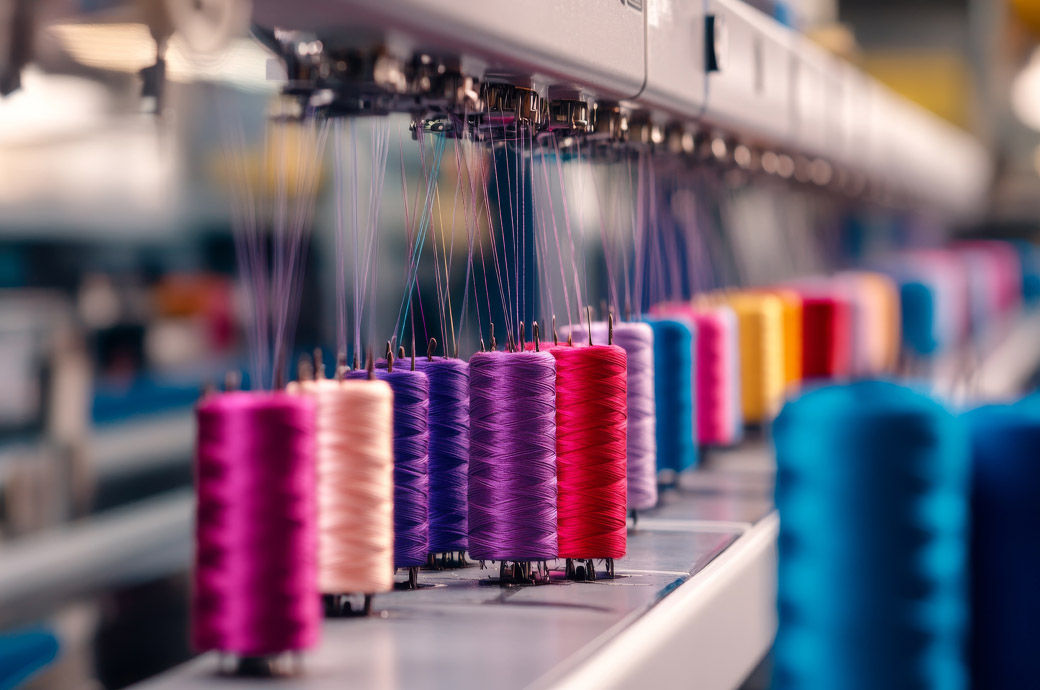
The decline in business conditions, which dropped 3 points to 3 index points, was largely driven by a sharp fall in the employment subcomponent, which dropped 6 points. This suggests that the ongoing weakness in trading conditions and profitability may be starting to impact labour demand more significantly. While trading conditions and profitability also experienced slight declines, the overall picture points to a softening market.
Business confidence fell even further, plunging 5 points to minus 4 index points, marking a significant decline, especially in the manufacturing sector. In trend terms, retail and wholesale sectors exhibited the weakest confidence levels, as per the survey.
The survey highlighted significant variability across industries and states. Wholesale saw the largest drop in conditions, down 18 points, followed by manufacturing, which fell by 9 points, and retail, which declined by 6 points. Retail remains the weakest sector in trend terms, sitting at minus 6 index points.
Among the states, New South Wales (NSW) saw a drop of 5 points, while Victoria (Vic) was down 3 points. South Australia (SA) also experienced a decline, and Tasmania (Tas) registered a large negative correction, although this was based on a smaller sample size. Meanwhile, Queensland (Qld) remained flat, and Western Australia (WA) showed a slight improvement, rising by 1 point. In trend terms, Queensland led the states in strength, with WA and NSW also staying in positive territory.
Forward orders remained unchanged at minus 4 index points, continuing a period of stagnation that has persisted for some time. On a brighter note, capital expenditure (capex) saw a significant boost, rising 5 points to 11 index points. Capacity utilisation also increased to 82.9 per cent, remaining well above the average, although slightly below June’s peak levels.
On the cost front, labour cost growth eased in August, down to 1.7 per cent on a quarterly equivalent basis from 2.4 per cent in July. However, purchase cost growth rose slightly to 1.6 per cent, indicating increasing input cost pressures.
Product price growth stood at 0.6 per cent, a slight decrease from the previous month’s 0.7 per cent. Retail price growth, however, continued its upward trend, rising to 1.2 per cent from 1.0 per cent, outpacing broader output price inflation. In the recreation and personal services sectors, price growth eased to 0.8 per cent, down from 1.2 per cent.
The recent National Accounts data showed very soft private sector growth in Q2, and the latest business survey suggests this trend has carried into the new financial year. The weakening conditions, particularly in employment, may be an early sign of a softer labour market.
Fibre2Fashion News Desk (DP)